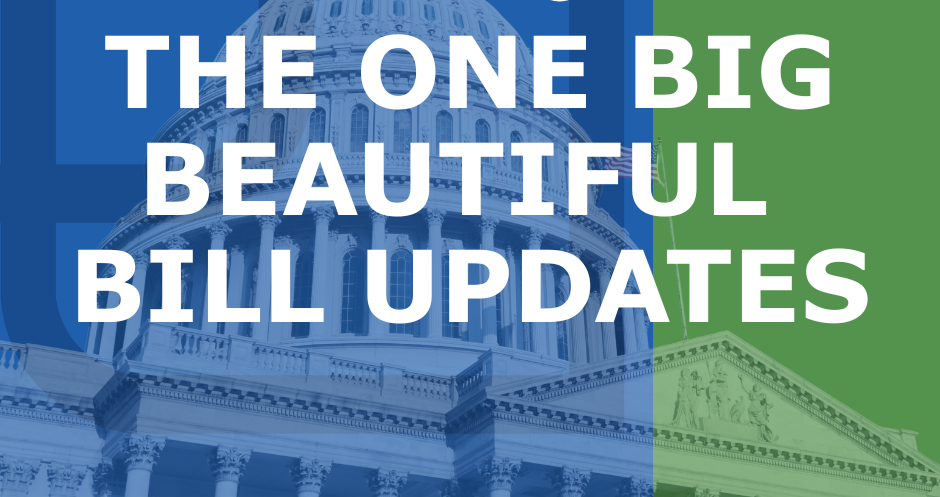The One Big Beautiful Bill Act (OBBBA), signed into law on July 4, 2025, brings a host of tax changes for individuals and businesses. Among the most notable for working Americans and their employers is a brand-new deduction for overtime pay.
For the first time, qualifying overtime compensation can be deducted directly from taxable income, offering significant savings for employees who put in extra hours and for businesses managing payroll and employee relations.

How the Overtime Deduction Works
Starting with the 2025 tax year and running through 2028, individuals who receive “qualified overtime compensation” can deduct up to $12,500 per year ($25,000 for joint filers) from their taxable income. This deduction is available whether you itemize or take the standard deduction, making it broadly accessible.
But what counts as “qualified overtime compensation”? The law defines it as the portion of overtime pay that exceeds the regular rate, as required by the Fair Labor Standards Act (FLSA)—essentially, the “half” in “time-and-a-half.” For example, if your regular hourly rate is $20, and you work overtime at $30 per hour, the $10 premium per hour is the deductible portion.
There are some important caveats:
- The deduction phases out for higher earners: It is reduced by $100 for every $1,000 your modified adjusted gross income exceeds $150,000 ($300,000 for joint filers).
- Only overtime pay reported on a W-2, 1099, or similar IRS-recognized statement qualifies.
- You must include your Social Security Number on your return, and if married, file jointly to claim the deduction.
What Employers Need to Know
Employers are now required to separately report qualified overtime compensation on annual wage statements (W-2s) and to the IRS. This means payroll systems must be updated to track and report the “premium” portion of overtime pay. The IRS will provide transition relief for 2025, but businesses should begin preparing now to ensure compliance and to help employees maximize their new deduction.
This change may also influence employee relations and compensation planning. The ability to deduct overtime pay could make extra hours more attractive to employees, potentially easing staffing challenges during peak periods.
Planning Tips for Individuals and Businesses
Employees: Keep detailed records of your overtime hours and review your W-2 or 1099 to ensure the correct amount is reported. If you’re close to the income phase-out threshold, consider timing overtime work to maximize your deduction.
Employers: Work with your payroll provider to ensure overtime premiums are tracked and reported accurately. Communicate the new deduction to your workforce—it’s a valuable benefit that can boost morale.
For more details on how to make the most of this new tax break through 2028, contact your tax professional at Rudler, PSC.
Important: These are all new changes, and further guidance from the IRS and Treasury Department is expected. The details may change as new regulations and clarifications are issued. Be sure to consult with your tax advisor to understand how these changes affect your specific situation.
RUDLER, PSC CPAs and Business Advisors
This week's Rudler Review is presented by Kaitlyn Evans, CPA.
If you would like to discuss your particular situation, contact Kaitlyn at 859-331-1717.

As part of Rudler, PSC's commitment to true proactive client partnerships, we have encouraged our professionals to specialize in their areas of interest, providing clients with specialized knowledge and strategic relationships. Be sure to receive future Rudler Reviews for advice from our experts, sign up today !